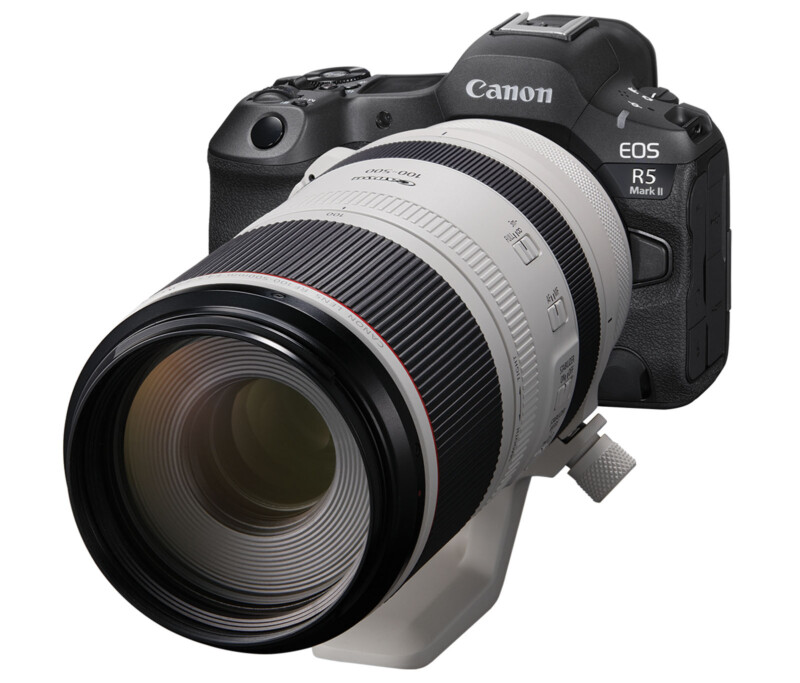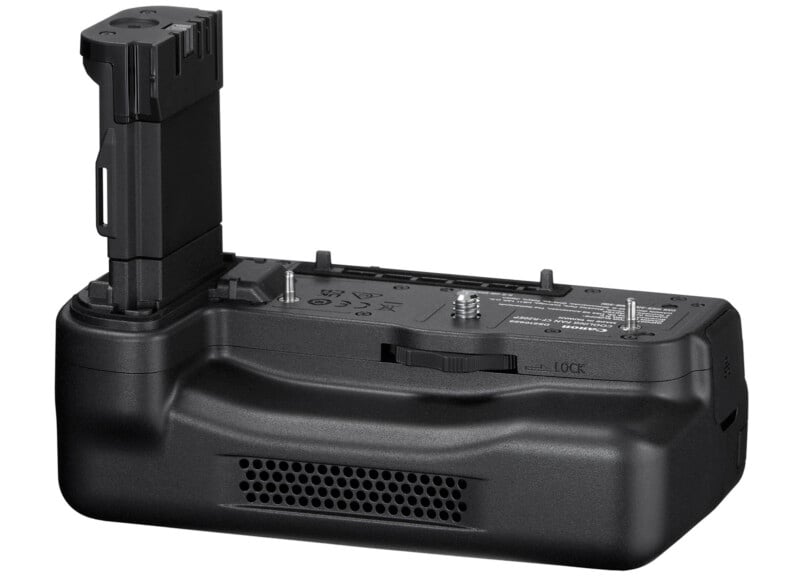The New Canon EOS R5 Mark II Aims to be Canon’s Best Hybrid Camera
![]()
Although Canon fans knew that the EOS R1 flagship camera was coming, the company also dropped a pleasant surprise by revealing the EOS R5 II, the long-awaited successor to Canon’s popular high-res R5 mirrorless camera.
Update 7/17: The original article included incorrect battery grip prices, based on inaccurate information provided by the manufacturer. We have corrected the pricing.
The original R5 was released in 2020 alongside the first R6, so the R5 II has been a long time coming. While the R6 got its excellent successor, the R6 Mark II, more than a year and a half ago, Canon’s only high-resolution mirrorless camera has been languishing. Well, no longer, as the EOS R5 Mark II has arrived and promises significant improvements across the board.
Billed as a hybrid camera for enthusiasts, professional photographers, and content creators, the R5 II incorporates a new Canon-developed back-illuminated 45-megapixel stacked full-frame image sensor and DIGIC X processor (with the same DIGIC Accelerator co-processor as the R1).

Also, like the R1, the R5 II sports fancy new AI technology for upscaling, denoising, and autofocus performance. The upscaling can push the 45MP files up to 179 megapixels. No, this isn’t pixel-shift — it is AI upscaling. It’s worth noting this only applies to JPEG files.
The R5 II’s stacked sensor promises significantly faster readout speeds and reduced rolling shutter than its predecessor; more speed is a big theme for the R5 II across the board. The camera’s autofocus system is faster and more accurate, and the R5 II can shoot up to 30 frames per second (full-resolution RAW images with autofocus) using its more effective electronic shutter.
The R5 II has a CFexpress Type B slot alongside a UHS-II SD card slot. The CFexpress Type B slot uses CFexpress 2.0 technology, rather than the new CFexpress 4.0 standard. The R5 II’s buffer performance, while not bad (150 RAW+JPEG frames), could have been improved through CFexpress 4.0 support.
![]()
The camera also borrows the R3’s 5.76-million-dot electronic viewfinder (100% coverage and 0.76x magnification), which enables the R5 II to utilize Canon’s Eye Control AF mode. This means photographers can control the autofocus area using their eye when shooting through the EVF. Essentially, the R5 II promises a much better autofocus system and a helpful new way to control it, especially when tracking a moving subject. By the way, the EVF also promises blackout-free shooting when using the electronic shutter.
As for the rear LCD, the R5 II has a 3.2-inch tilt/swivel touchscreen with approximately 2.1 million dots. The large screen can be flipped to the side and rotated, so it can be used as a self-facing display during video recording.
![]()
There are improvements to video, too. The R5 II has a waveform display, a tally lamp, DCI 8K/30p video, RAW and HDR recording, 4K/60p, and more. The R5 II has a full-size HDMI port for external recording and output, independent mic and headphone jacks, and works alongside a new optional vertical grip with an integrated cooling fan. Not only does the cooling grip help extend recording times, but the R5 II also uses Canon’s LP-E6P battery, promising improved battery life compared to the original R5.

While the R1 is a serious video camera, the R5 II looks like Canon’s most capable and fully-featured hybrid mirrorless camera.
Pricing and Availability
The Canon EOS R5 Mark II will arrive in August. The body will cost $4,299, while an R5 Mark II kit with the Canon RF 24-105mm f/4 L IS USM lens will cost $5,399.
Further, Canon has announced three optional grips for the R5 II. The BG-R20 ($349) is a typical vertical grip, while the BG-R20EP ($499) includes an Ethernet port for fast wired connectivity. Rounding out the trio is the CF-R20EP ($399) has a cooling fan in addition to an Ethernet port, but doesn’t offer extra power — it is not a “battery grip,” like the two “BG” models. The cooling fan grip also doesn’t have vertical controls, it’s really just for keeping the camera cool so it can record video for longer.
Image credits: Canon